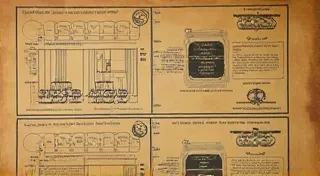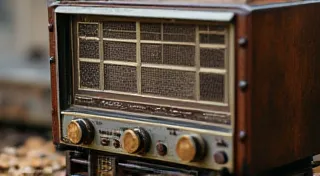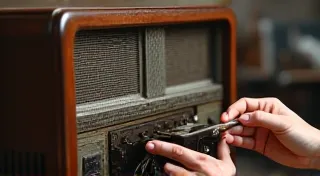Identifying Radio Manufacturers: A Guide to Markings & Logos
Discovering the history and manufacturer of your antique radio is a satisfying part of the restoration process. Beyond just getting it working, knowing who made it and when connects you to a fascinating era of technology and design. This guide will help you identify common markings, logos, and model numbers to help pinpoint the maker of your vintage tube radio.
Why Identifying the Manufacturer Matters
Knowing the manufacturer provides valuable clues about the radio's design, construction, and potentially its scarcity. It allows you to research original schematics, service manuals, and other documentation, which are essential for accurate repair and restoration. Furthermore, it deepens your appreciation for the radio’s place in radio history and potentially influences its value.
Common Markings and Labels
Antique radios rarely shout their manufacturer. Identifying them usually involves detective work, interpreting faint markings, and understanding evolving branding practices. Here's a breakdown of common approaches:
1. The Cabinet - Hidden Clues
Often, the manufacturer's name or a model number is stamped, labeled, or silk-screened on the inside of the cabinet. Look on the back panel, inside the chassis area, or beneath the speaker baffle. These markings can be faded or partially obscured by dust and grime, so careful inspection is needed. A bright light and a magnifying glass are your best friends here.
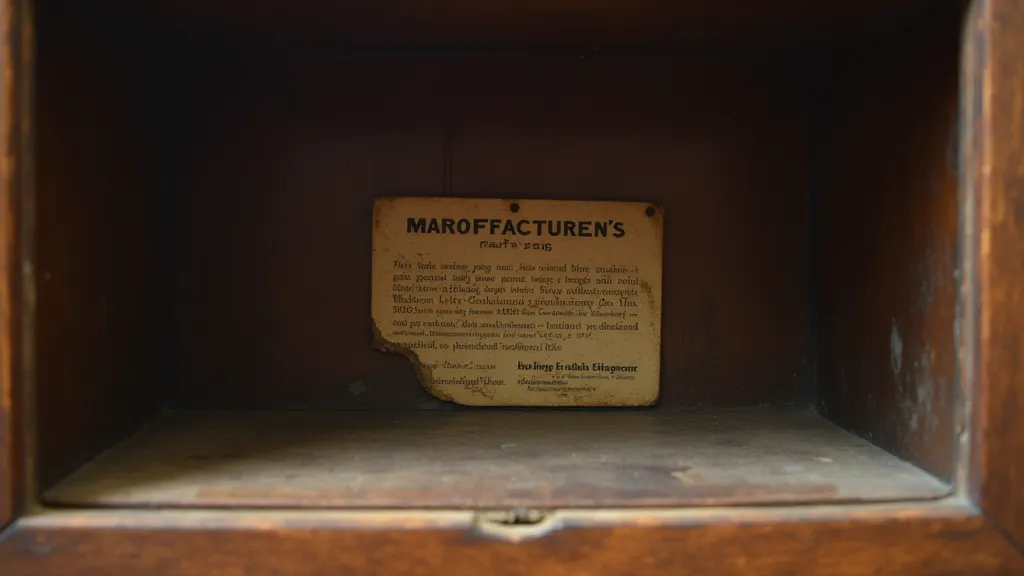
2. The Chassis – Model Numbers & Company Names
The radio’s chassis (the internal frame) often bears model numbers and sometimes the manufacturer’s name directly. This information might be stamped into the metal, or printed on a paper label affixed to the chassis. Look for markings that look like “Model X123” or “Manufactured by Acme Radio Corp.” Pay attention to font styles; older radios tended to use specific fonts which can be a valuable identifying feature.
3. The Speaker – Branding and Construction
The speaker itself can offer clues. Many manufacturers used specific speaker cones or construction methods. Look for manufacturer names printed on the speaker cone or surrounding frame. The type of speaker (e.g., field coil, permanent magnet) can also narrow down the possibilities.
4. Logos – A Visual History
Radio manufacturers frequently used distinct logos to brand their products. Recognizing these logos is a key step in identification. Many classic logos are quite recognizable even to those unfamiliar with antique radios.
- RCA (Radio Corporation of America): Commonly features the "dog and Indian" logo.
- Atwater Kent: Known for elegant Art Deco designs and a stylized "AK" logo.
- Philco: Often uses a rounded, geometric logo.
- Magnavox: Frequently uses a "magnificent voice" emblem or a stylized 'M'.
- Zenith: Look for the distinctive Zenith "lightning bolt" logo.

5. Model Numbers - Deciphering the Code
Model numbers were often more than just random digits. Manufacturers used them to categorize radios by features, price point, and year of manufacture. Researching model number series can often lead you to a wealth of information about the radio's specifications and production history. For example, a radio with a high model number from a specific manufacturer likely indicates a later production year.
Examples of Common Manufacturers & Their Identifying Features
- G.E. (General Electric): Often features a "GE" logo, often stylized. Early models were often outsourced, so identifying the actual manufacturer can be complex.
- Stromberg-Carlson: Known for beautiful cabinetry and often used distinctive faceplates.
- Fada: A common supplier of radio chassis; identifying a radio as "Fada" usually means another manufacturer used their components.
- Knight: Similar to Fada, Knight supplied chassis and components.
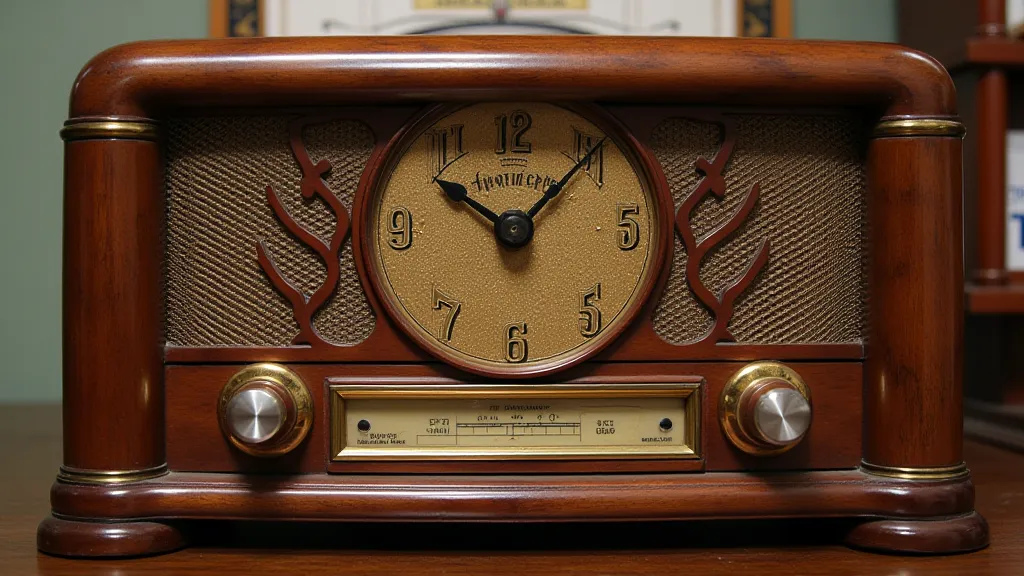
Resources for Further Research
Once you have a possible manufacturer or model number, several resources can help confirm your identification:
- Antique Radio Forums: Online communities dedicated to antique radio enthusiasts.
- Radio Museum Website: A comprehensive database of radio manufacturers and models.
- Vintage Radio Collectors' Clubs: Local and national organizations dedicated to the preservation and study of antique radios.
